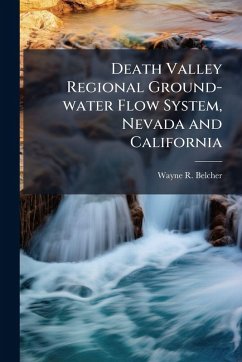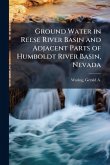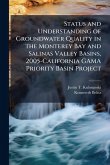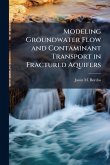A numerical three-dimensional (3D) transient ground-water flow model of the Death Valley region was developed by the U.S. Geological Survey for the U.S. Department of Energy programs at the Nevada Test Site and at Yucca Mountain, Nevada. Decades of study of aspects of the ground-water flow system and previous less extensive ground-water flow models were incorporated and reevaluated together with new data to provide greater detail for the complex, digital model. A 3D digital hydrogeologic framework model (HFM) was developed from digital elevation models, geologic maps, borehole information, geologic and hydrogeologic cross sections, and other 3D models to represent the geometry of the hydrogeologic units (HGUs). Structural features, such as faults and fractures, that affect ground-water flow also were added. The HFM represents Precambrian and Paleozoic crystalline and sedimentary rocks, Mesozoic sedimentary rocks, Mesozoic to Cenozoic intrusive rocks, Cenozoic volcanic tuffs and lavas, and late Cenozoic sedimentary deposits of the Death Valley Regional Ground-Water Flow System (DVRFS) region in 27 HGUs. Information from a series of investigations was compiled to conceptualize and quantify hydrologic components of the ground-water flow system within the DVRFS model domain and to provide hydraulic-property and head-observation data used in the calibration of the transient-flow model. These studies reevaluated natural ground-water discharge occurring through evapotranspiration and spring flow; the history of ground-water pumping from 1913 through 1998; ground-water recharge simulated as net infiltration; model boundary inflows and outflows based on regional hydraulic gradients and water budgets of surrounding areas; hydraulic conductivity and its relation to depth; and water levels appropriate for regional simulation of prepumped and pumped conditions within the DVRFS model domain. Simulation results appropriate for the regional extent and scale of the model were provided by acquiring additional data, by reevaluating existing data using current technology and concepts, and by refining earlier interpretations to reflect the current understanding of the regional ground-water flow system. Ground-water flow in the Death Valley region is composed of several interconnected, complex ground-water flow systems. Ground-water flow occurs in three subregions in relatively shallow and localized flow paths that are superimposed on deeper, regional flow paths. This work has been selected by scholars as being culturally important, and is part of the knowledge base of civilization as we know it. This work was reproduced from the original artifact, and remains as true to the original work as possible. Therefore, you will see the original copyright references, library stamps (as most of these works have been housed in our most important libraries around the world), and other notations in the work. This work is in the public domain in the United States of America, and possibly other nations. Within the United States, you may freely copy and distribute this work, as no entity (individual or corporate) has a copyright on the body of the work. As a reproduction of a historical artifact, this work may contain missing or blurred pages, poor pictures, errant marks, etc. Scholars believe, and we concur, that this work is important enough to be preserved, reproduced, and made generally available to the public. We appreciate your support of the preservation process, and thank you for being an important part of keeping this knowledge alive and relevant.
Bitte wählen Sie Ihr Anliegen aus.
Rechnungen
Retourenschein anfordern
Bestellstatus
Storno








